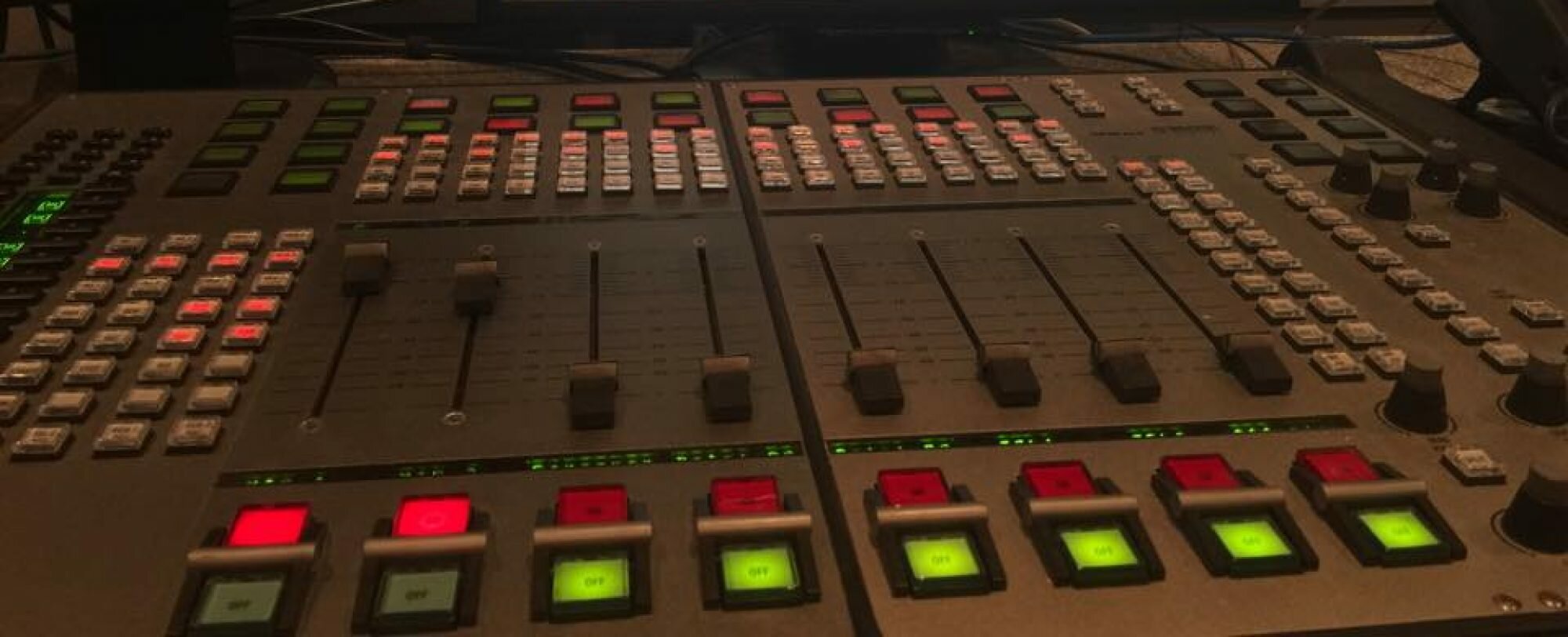NOTE: This blog originally appeared in August of 2010
by producers Geoffrey Redick and Chad Campbell
BP has begun pumping mud and cement into its broken well in the Gulf of Mexico. Hopefully, in a few days, the well will be sealed forever. But even if the flow is snuffed out, the environmental and economic effects of the spill are still being calculated. Crews are trying to measure how much oil has washed ashore on beaches and wetlands, tallying costs to present to BP for reimbursement. Of course, that’s only the oil we can see. No one knows how much might be under the surface, dispersed in small globs throughout the gulf.
Those are the news pegs right now, and the tendency of the media is to move on to the next big event, now that this one is winding down. But we’re going to linger for a few weeks, delving into the innerworkings of a society that has been repeatedly pushed to the breaking point in the past five years. Four months ago, people in southern Louisiana were thinking about blighted neighborhoods and hurricane forecasts. Those issues still exist, but now there’s a whole pile of unanswerable questions about oil contamination.

We’re beginning our series No Place Like Home with a reporter and a professor. Mark Schleifstein covers the environment for the Times Picayune in New Orleans. He won a Pulitzer Prize for his reporting during and after Hurricane Katrina. He also co-authored a 2002 series of articles for the paper called “Washing Away: How South Louisiana is Growing More Vulnerable to a Catastrophic Hurricane.” You can click here to read that series. Schleifstein is also the co-author of the 2006 book Path of Destruction. After Katrina, his house was flooded with 12 feet of water.

Shirley Laska is a sociology professor at the University of New Orleans, where she founded and directs CHART, the Center for Hazards, Assessment, Response and Technology. In 2005, before Katrina hit, Laska predicted in a scholarly paper and in Congressional testimony much of the damage and flooding caused by the storm. Laska also co-authored a book last year called “Catastrophe in the Making: The Engineering of Katrina and the Disasters of Tomorrow.”
These two guests provide the big picture, weaving the story of post-Katrina reconstruction into wetlands recovery, which is now hampered by millions of gallons of oil. They talk about the causes and effects of these man-made disasters, and if anything can be done to avoid similar events in the future. In the coming weeks, you’ll hear from people in the field — wildlife researchers, fishermen, frustrated residents, entreprenuers, public health advocates, and urban gardeners. We hope that taking the time to tell this story — spending hours with people in the midst of their lives, instead of a few sound bites from a typical news story — will provide a more complete picture of southern Louisiana.
Click here to see more pictures from our latest trip to southern Louisiana
And finally, a word about the title of our series, which might conjure up thoughts of a certain Kansas farm girl. During our two trips to New Orleans and southern Louisiana, everyone we talked with — natives and transplants alike — displayed a deep and almost viseral love for the region. Louisiana is home for these folks, and they’re not giving up on it without a fight.
Next week we’ll cover how hurricanes and the oil spill have affected the culture and business of seafood. We’ll tour the Houma processing plant of Motivatit Seafoods and talk with Mike Voisin about the oyster harvest. We visit with fifth generation shrimper Charlie Robin in Yscloskey who replaced his shrimp nets with oil boom in an effort to save his future. And we’ll discuss duck hunting and conservation with John Serigny in Larose.
Here’s a map showing the locations where we conducted our interviews and other points of interest.
View BES in New Orleans (7/2010) in a larger map
